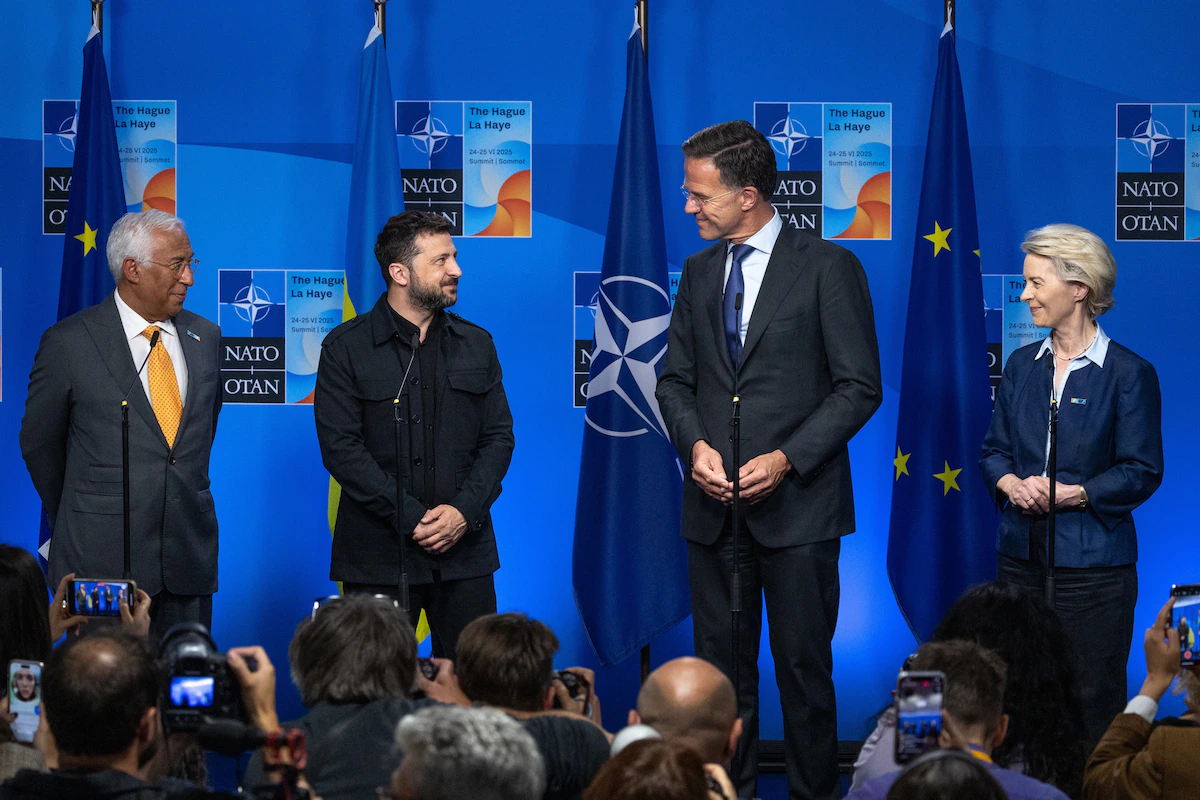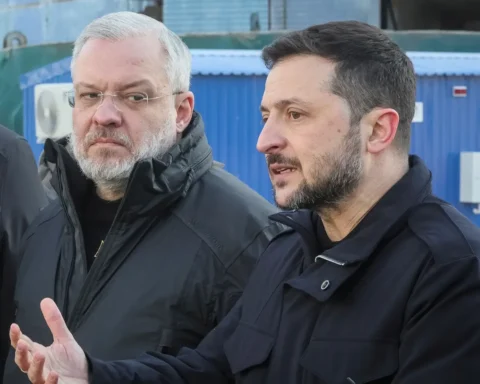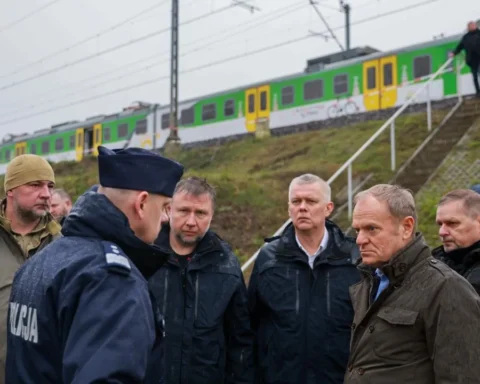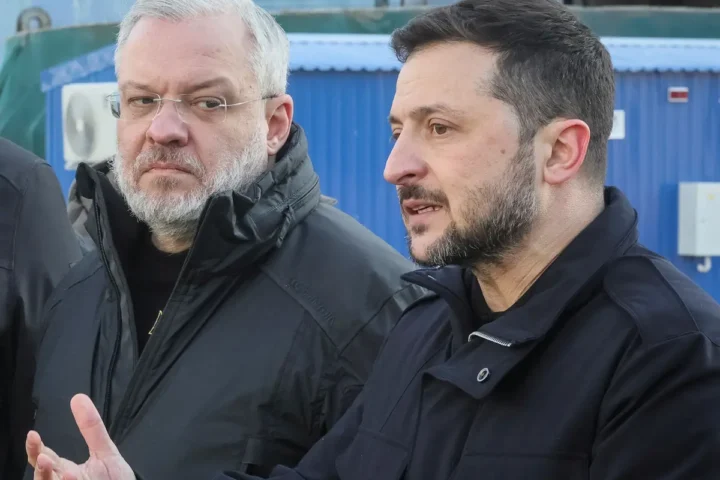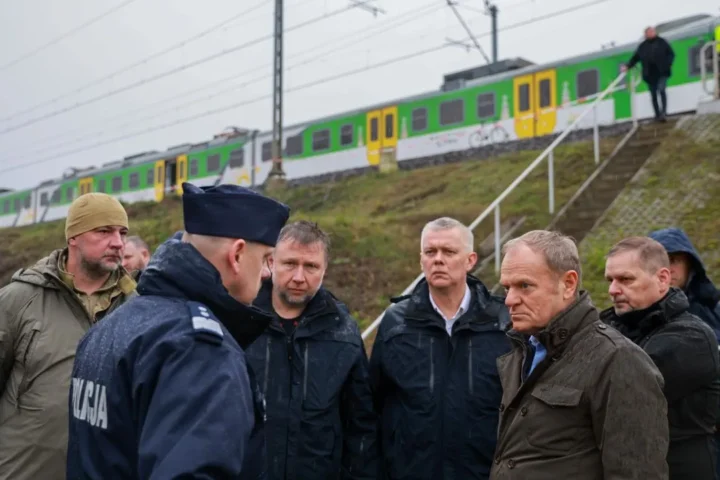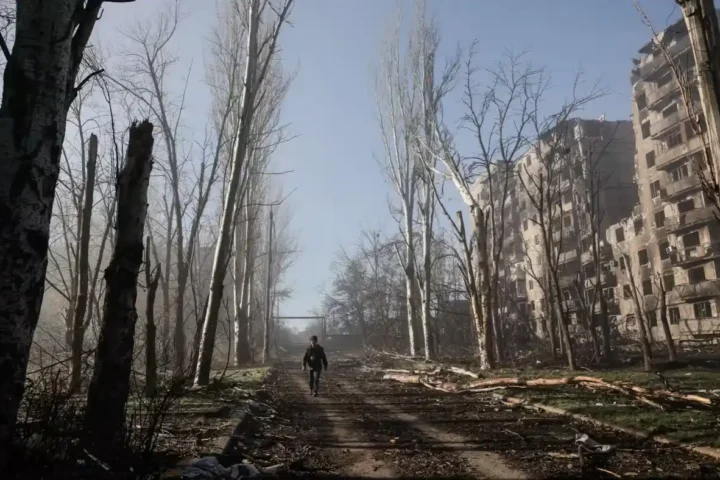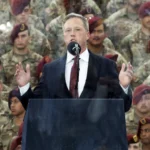Amid growing uncertainty about American support for Ukraine, NATO leaders are doing everything they can during the two-day summit in The Hague to maintain a semblance of unity. However, as The Washington Post notes, European allies are beginning to realize the harsh truth: President Donald Trump’s administration has no intention of continuing arms deliveries to Kyiv. Meanwhile, aid approved during the Biden era is rapidly running out.
Ukraine Losing Its Priority Status at NATO Summits
Since 2022, Ukrainian President Volodymyr Zelensky has been a VIP guest at NATO summits. But in 2025, his presence has become markedly less prominent. According to sources, NATO officials are working hard to minimize public contact between Trump and Zelensky — an effort to avoid provoking the U.S. president, who is known for his chilly and at times openly disdainful attitude toward the Ukrainian leader.
En route to The Hague, Trump told reporters he would “probably” meet with Zelensky on the sidelines of the summit, but NATO diplomats are striving to ensure those meetings remain behind closed doors.
“Our friends in NATO understand how delicate the situation is and are doing everything possible to ensure Ukraine is represented at the summit without risking Trump’s irritation,” said Oleksandr Merezhko, chair of the Ukrainian parliament’s foreign affairs committee.
A NATO-Ukraine Council meeting will still take place but only at the level of foreign ministers. NATO Secretary General Mark Rutte and EU leaders met with Zelensky before Trump’s arrival in The Hague.
During this meeting, Rutte assured the Ukrainian president: “Everybody’s really motivated, please understand it — I hear from all the allies — to keep you strong. You are among friends.”
Zelensky had earlier hoped to speak with Trump at the G7 summit and propose a plan for Ukraine to purchase U.S. weaponry — primarily air defense systems. However, that summit ended with Trump’s early departure amid the escalation of conflict between Israel and Iran.
Now Kyiv sees the NATO summit as a last chance to persuade Trump to approve a new deal — again centered on air defense acquisitions. According to European diplomats, if the U.S. refuses, Europe may be willing to front the money for American weapon purchases for Ukraine.
Even Zelensky’s participation in the summit was uncertain until the last moment. He ultimately arrived but is expected to play a reduced role. On Tuesday evening, the Ukrainian president is expected to join Trump and other leaders at a dinner hosted by the Dutch king.
Threat of Reduced Aid and Weakening Ukrainian Defense
Meanwhile, the U.S. has not officially confirmed any decision on new military assistance. According to U.S. Ambassador to NATO Matthew Whitaker, the administration has “yet to make a decision” because Trump “remains laser-focused on negotiations” to end the war. However, those talks have effectively stalled for weeks. This delay has led President Putin to believe he can win by waiting, especially given the uncertainty around American aid and NATO’s lack of a clear strategy.
Moreover, according to The Washington Post, a tense meeting in the Oval Office in February had already resulted in the suspension of U.S. aid to Ukraine — a scenario NATO leaders are now keen to avoid repeating.
As The Washington Post argues, the end of U.S. weapons deliveries would significantly weaken Ukraine’s battlefield position. Despite European efforts, resources are limited. NATO military experts acknowledge that without U.S. support, Kyiv may be able to hold out for about a year, but its forces will be severely depleted — with shortages in air defense, tanks, and missiles. “They would be fighting almost entirely from a defensive posture, with constant rationing of munitions,” said a senior NATO official on condition of anonymity.
Officially, NATO continues to insist its support for Ukraine is “unwavering.” Secretary General Rutte rejected claims that Ukraine had been pushed to the background, emphasizing that it remained “at the heart of the agenda.” However, the summit’s structure tells a different story: the event has been shortened to avoid open confrontation among member states.
Only after considerable effort were European countries able to get a reference to Ukraine into the summit’s final communiqué. The document is extremely brief — reportedly to avoid disagreements with the U.S. side. It does, however, confirm that Russia remains a threat — a point that was crucial for European diplomats seeking justification for massive new defense spending. This inclusion is viewed as a diplomatic win for Europe, achieved amid tense talks with Trump’s team.
A New Model of Support: Purchases, Funds, and Compromises
As U.S. focus increasingly shifts to the Israel-Iran conflict, Europe is under growing pressure. Allies must both replenish their own arsenals and compensate for the potential loss of American supplies. NATO has already mobilized nearly $40 billion in military aid for Ukraine in 2025 — with almost 60% of that from Europe and Canada. In 2024, the total was $58 billion. Maintaining such levels of support is a serious strain on resources.
“We need to stock up while also continuing to deliver to Ukraine. This dual track is extremely difficult,” admitted one European official.
Meanwhile, discussions about Ukraine’s NATO membership are losing relevance. According to a senior German official, the issue is not even on the summit’s formal agenda. “We’ve found a good way, under current circumstances, to keep the Ukraine issue front and center without bringing up enlargement,” he said.
Ukrainian representatives are still hoping to reach new forms of cooperation with the U.S., including co-financing defense projects. As part of an agreement granting the U.S. access to Ukraine’s mineral resources, the creation of an investment fund is under discussion — one that Kyiv hopes will pave the way for future support.
If a meeting with Trump happens, Zelensky intends to present a proposal for purchasing a “big package” of U.S. weapons, particularly air defense systems. Kyiv has been actively scouting these systems from partners — especially U.S.-made Patriot missiles. On Tuesday, Zelensky emphasized the urgency of securing these systems.
Ukrainian MP Yehor Chernev expressed hope that such a meeting could “set things straight” and lead to a new agreement on U.S. arms deliveries.
If these efforts fail, Washington might still maintain key support in the form of logistics and intelligence sharing — including transporting heavy equipment. In theory, European countries could substitute much of the equipment, but such a move would be expensive and difficult, especially amid their own shortages in air defense and production capacity.
In sum, the NATO summit in The Hague reflects a new geopolitical reality: despite the growing threat from Russia, Ukraine’s military fate increasingly depends not on declarations of solidarity, but on Donald Trump’s political priorities — and Europe’s willingness to assume more responsibility.
This article was prepared based on materials published by The Washington Post . The author does not claim authorship of the original text but presents their interpretation of the content for informational purposes.
The original article can be found at the following link: The Washington Post .
All rights to the original text belong to The Washington Post .


